Feel free to download my CV.
Machine learning for risk assessment
Context
Risk assessment has a primary role in safety-critical industries. However, it faces a series of overall challenges, partially related to technology advancements and increasing needs.
Business question
Can we automate self risk assessment by implementing image classification model using deep learning techniques?
Customer
Zurich Insurance Group
Zürich, Switzerland
A collaborative culture with Lean UX
We opted for a lean approach which emphasised rapid sketching, prototyping, user feedback and design mockups. This created early team-wide alignment, sparked tons of great ideas and created a strong sense of ownership across different disciplines within my organisation.
The discovery
The discovery phase was a quick, high-intensity effort that allowed us to define project milestones, audit the existing work, understand our client’s vision, and begin research into user needs, behaviours and pain-points. We also widened technical discovery phase to understand feasibility and constraints.
Our research revealed that the concept of ‘gamification’ is not complient with users’ motivations for riding and performing an inspection.
We conducted a range of interviews with risk managers that helped to quickly gain insights into the needs of our users and gave us a concrete understanding of the environment and workflows.
We kept the scenarios at a high-level to work fluidly and explore concepts that we could easily communicate. They formed the backbone of our functional requirements.
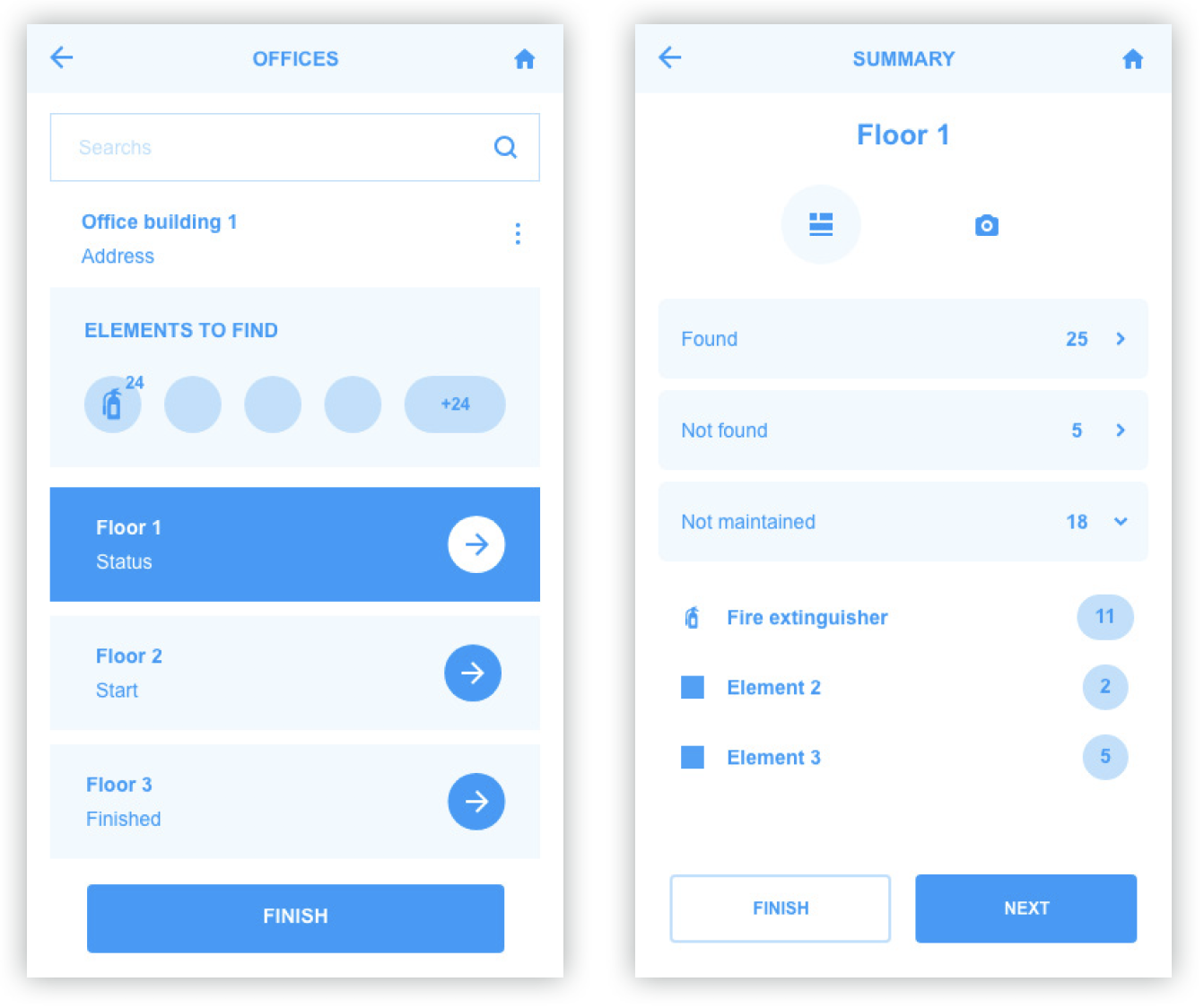
Functions & flow

Setting the design direction
We took a top-down approach to defining the overall structure of the experience. Sketching and storyboarding, I generated stacks of ideas about the arrangement of UI, functional and data elements, and interactive behaviours. Starting broad, our vision began evolving into something tangible. A high-level design language, interactions and the app’s anatomy began to piece together.
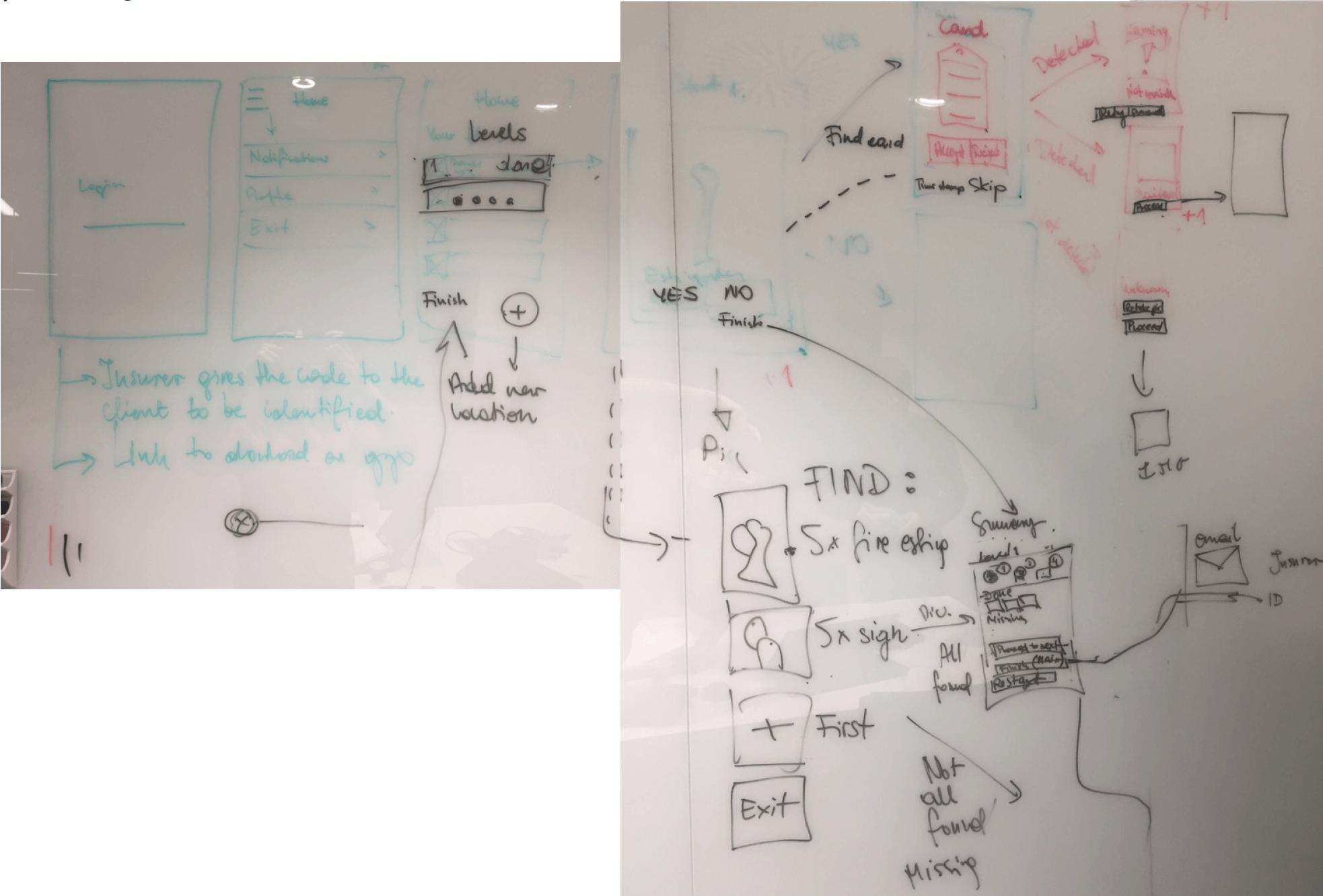
The interaction framework
I used Adobe Xd to communicate the app’s interactions and transitions. The transitions in the app were chosen to strike a balance between reinforcing context and creating an engaging and compelling interface.
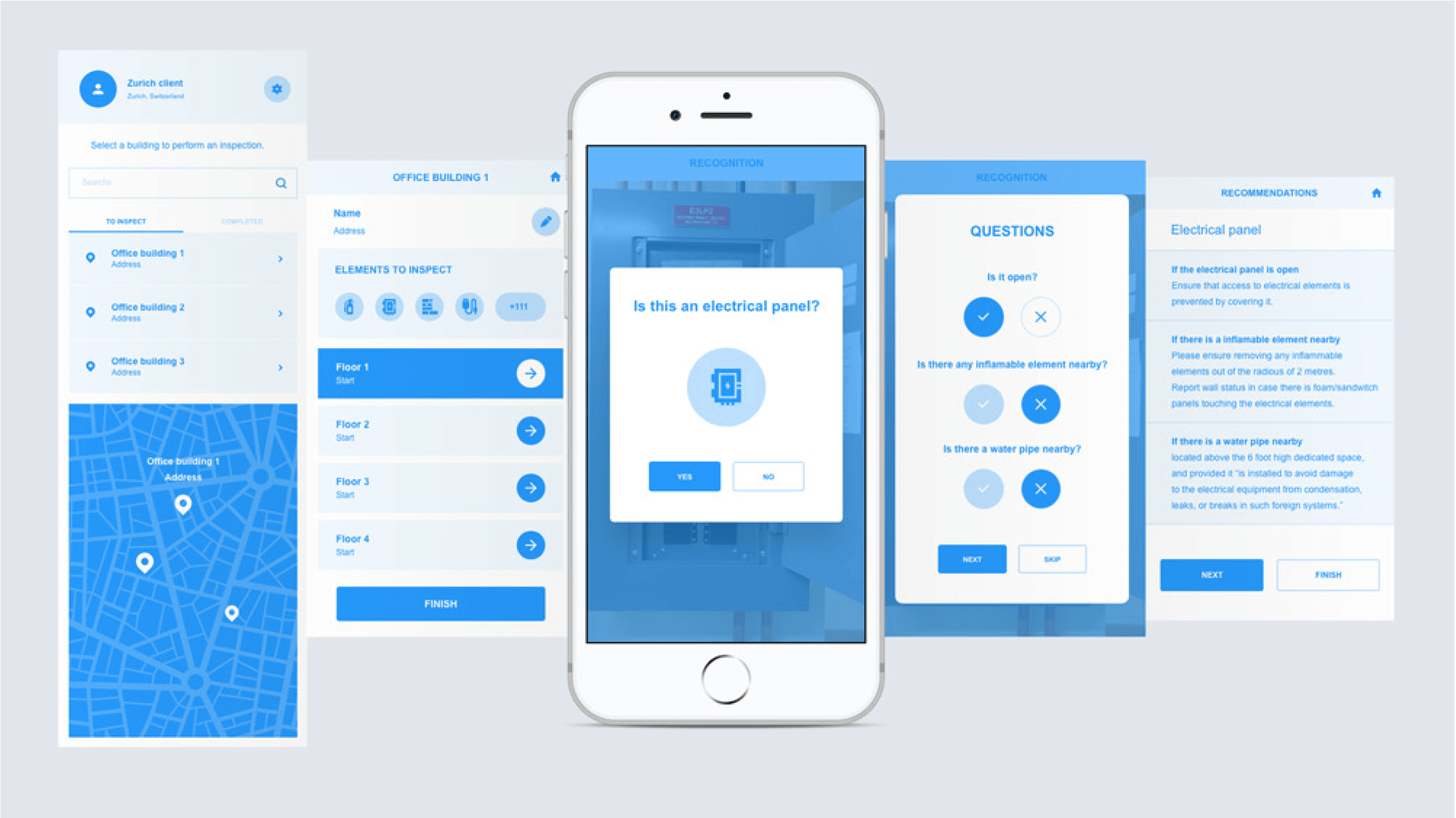
Make important things fast
Primarily designed to support people on-the-go, screens have been designed to allow users quick access to primary functions of the application. The size of the icons make tapping easier and the layout was chosen to provide a way for the design to scale for future releases.
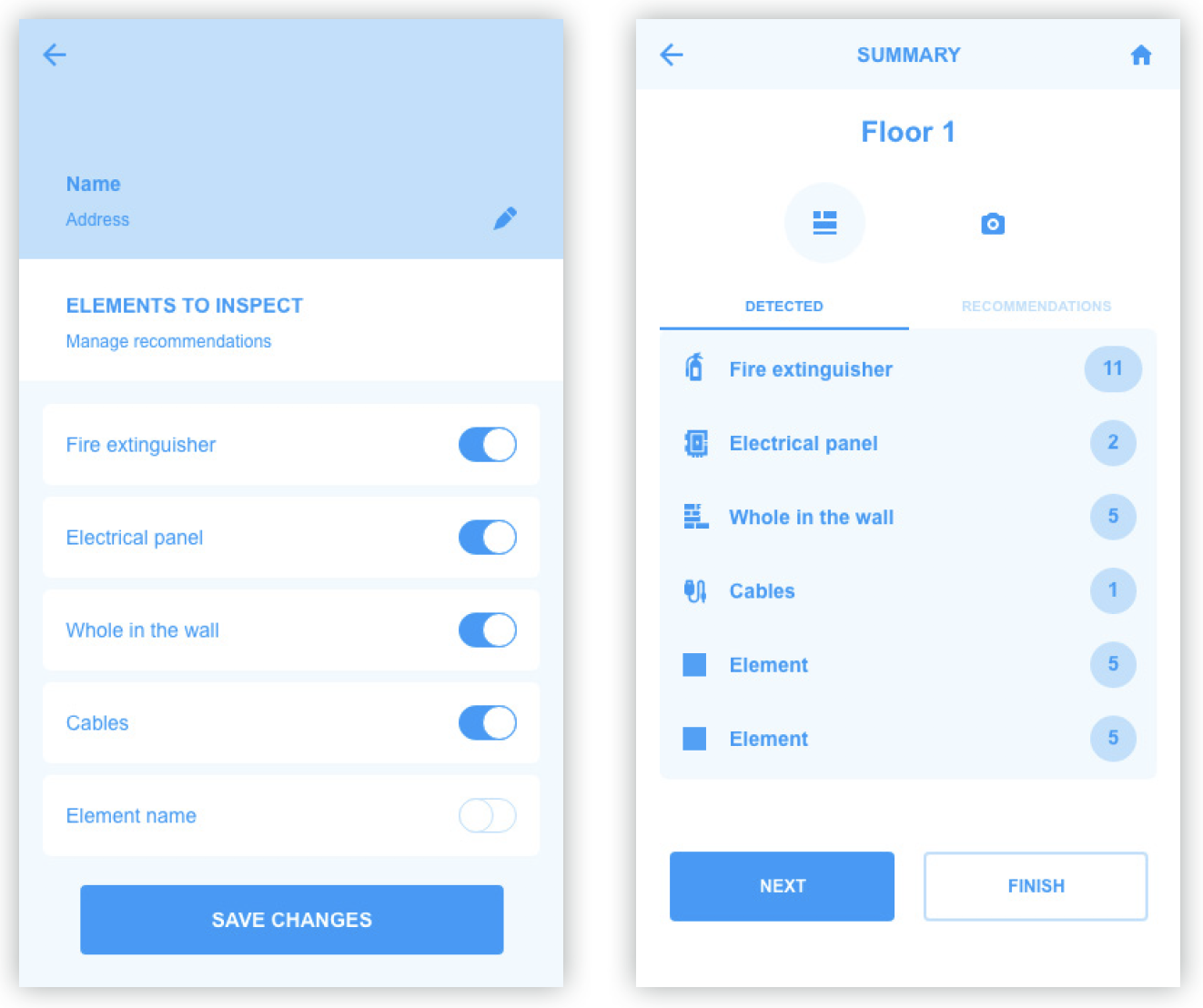
Testing with users
To ensure the test was realistic, we opted to use a real build of the prototype. Feedback regarding the primary layout was positive: design is uncluttered and clean. Interactions and flow are clear. Detection model needs improvements.
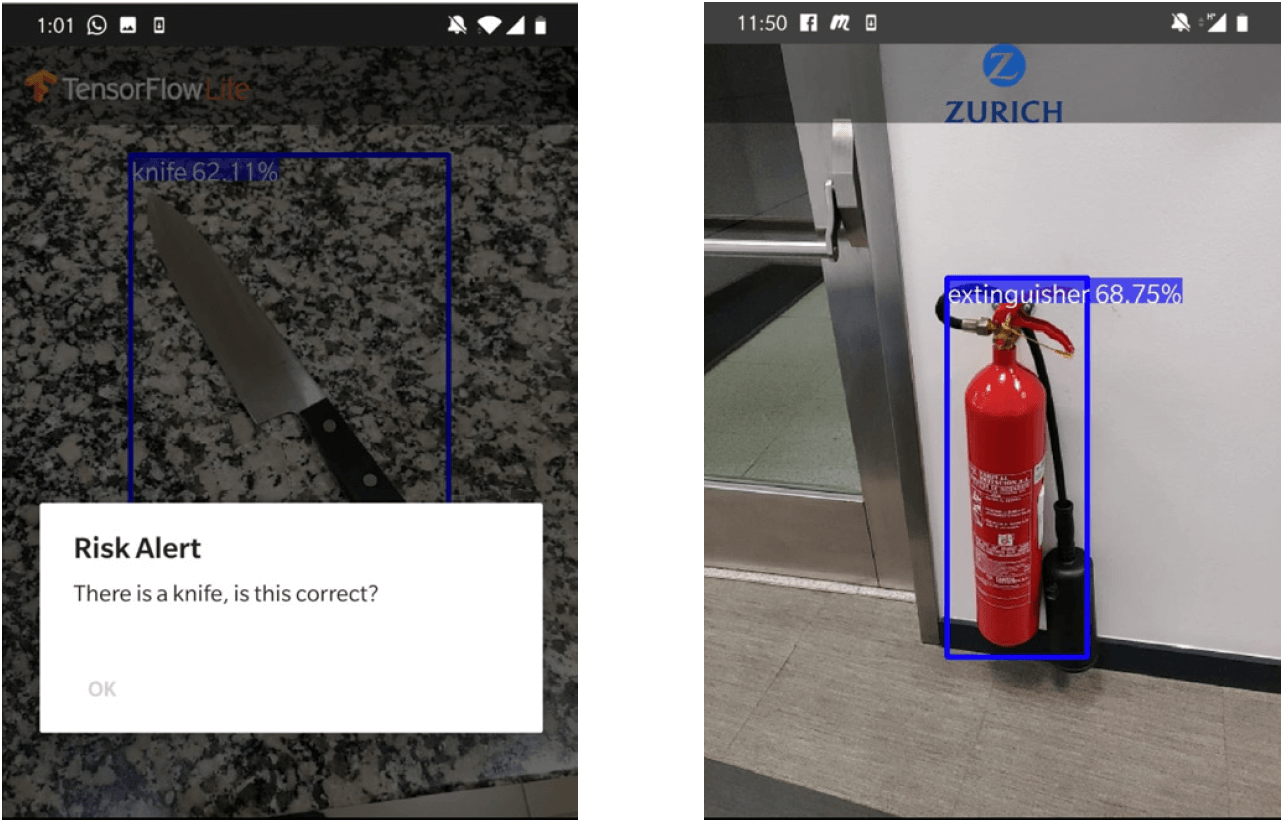
How to ensure human control over technical operations that are potentially dangerous?
The prescribed means to ensure highly reliable performance in risk conditions include defining a clear set of rules of operation for uncertain contexts, designing advanced training for managing the equipment and tasks involved, and fostering practice of heedful interaction among actors and components of the operating environment for anomalies that may indicate potential threats (LaPorte and Consolini, 1991, Weick and Roberts, 1993).
The capacity to produce highly reliable performance depends upon deep knowledge of the operating environment and its limitations, intensive communication among participants, and acceptance of a culture in which each member of the organization accepts responsibility for correcting observed errors in any part of the organization’s performance (Hutchins, 1995).
Yet, as the technologies of sensors and timing advanced in managing high risk operations, the focus on organizational control shifted to highly sensitive programs of computational management of machines that combined multiple measures of performance to provide more consistently reliable management of technical operations in changing risk environments (Nobre, 2009). The risk remained, but the management practice and technologies changed.